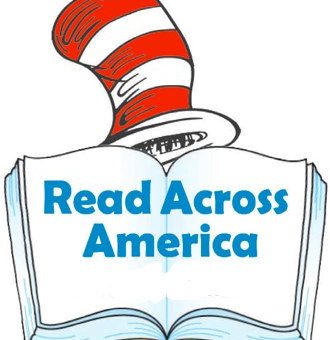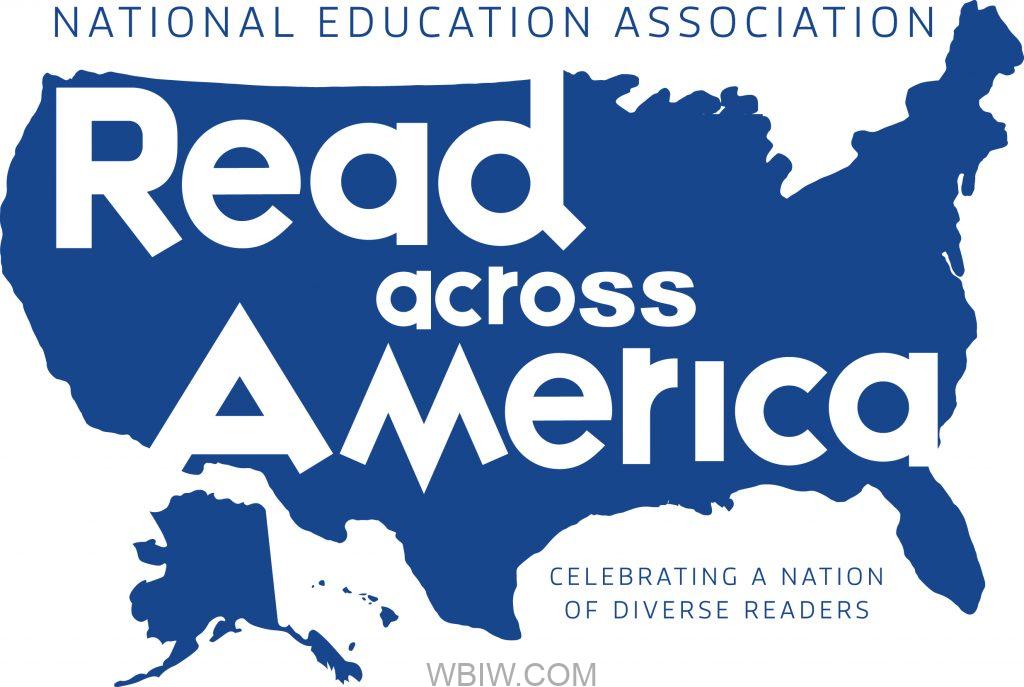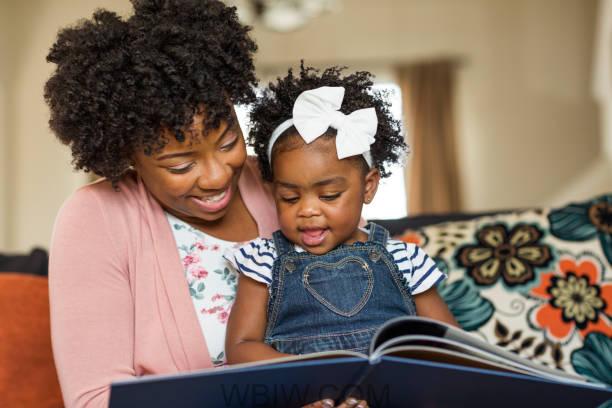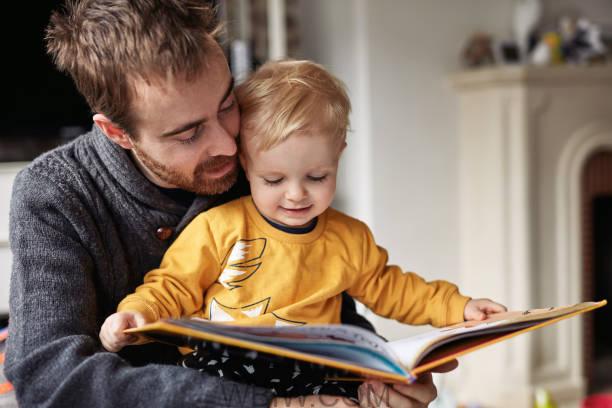
Each year, National Read Across America Day is celebrated on March 2nd, the birthday of Dr. Seuss. The annual event is part of Read Across America, an initiative on reading created by the National Education Association (NEA).

Starting in 1997, the NEA pushed for a special day to celebrate reading throughout the United States. This idea proved to be a popular one so it was not long before the first Read Across America Day was held on March 2, 1998.
This event is designed to encourage reading in children and is fostered through schools. This motivational and awareness day calls all children and youth in every community across the United States to celebrate reading by encouraging them to read where ever they are.

While this event is tailored for children, adults can participate too by reviewing the NEA’s recommended booklist or by:
- Picking up an interesting book and reading it with a child.
- Attending a book reading.
- Reading a book you’ve been meaning to read.
- Re-reading a book. You may discover that it has a new meaning to you since you last read it.
- Reading aloud, even if it is just to yourself. It will make great practice for reading to children.
- and for teachers by visiting the National Day Calendar® Classroom for ways to incorporate National Read Across America Day into your classroom.

Reading out loud to children strengthens their ability to visualize images, grasp the plot of a story, and build vocabulary. Each of these basic skills provides the foundation for more advanced ones.
Studies show that 24-month-old children with larger oral vocabularies display greater academic and behavioral functioning when they enter kindergarten than those with less developed vocabularies.

Reading opens up other areas of learning for children as other areas of study require literacy elements. Such as math problems, social studies/ history texts, science experiments, and can also improve communication among other children.



